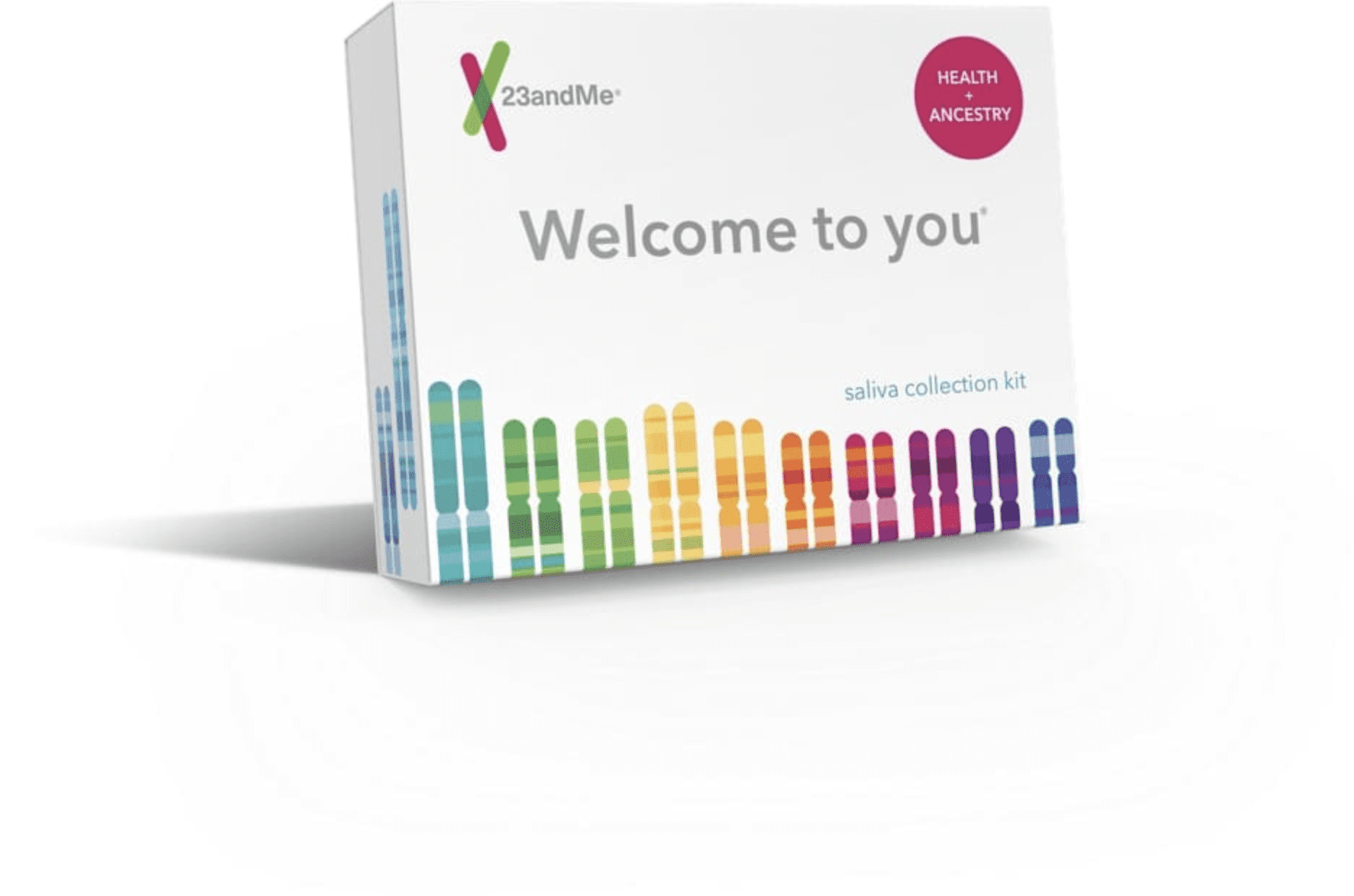How it works
Scientists don’t know why people have earlobes, but that hasn’t stopped them from trying to understand which factors impact earlobe shape.
The genetic link
Hopefully everything you learned in science class didn’t go in one ear and out the other. But when it comes to earlobe type, it might be okay if you’ve forgotten what you learned in school. That’s because it was once commonly believed that a single gene influenced earlobe shape. 23andMe researchers have looked at 34 genetic markers that influence earlobe type.

Did you know?
The fact that this seemingly simple trait is much more complex than once thought could yield insights into serious genetic conditions that affect the face. That’s why genetic researchers are crying “lend us your ears” over new findings on earlobe shape.
Explore more
All ears? 23andMe’s Health + Ancestry Service can tell you whether you’re likely to have attached or detached earlobes based on your genetics.

Health + Ancestry Service
References
23andMe Blog, (2017, November 30). “New Research Finds Genetic Association for Detached Earlobes.” Retreived October 12, 2018, from https://blog.23andme.com/23andme-research/new-research-finds-genetic-association-detached-earlobes/.

Leave a Reply